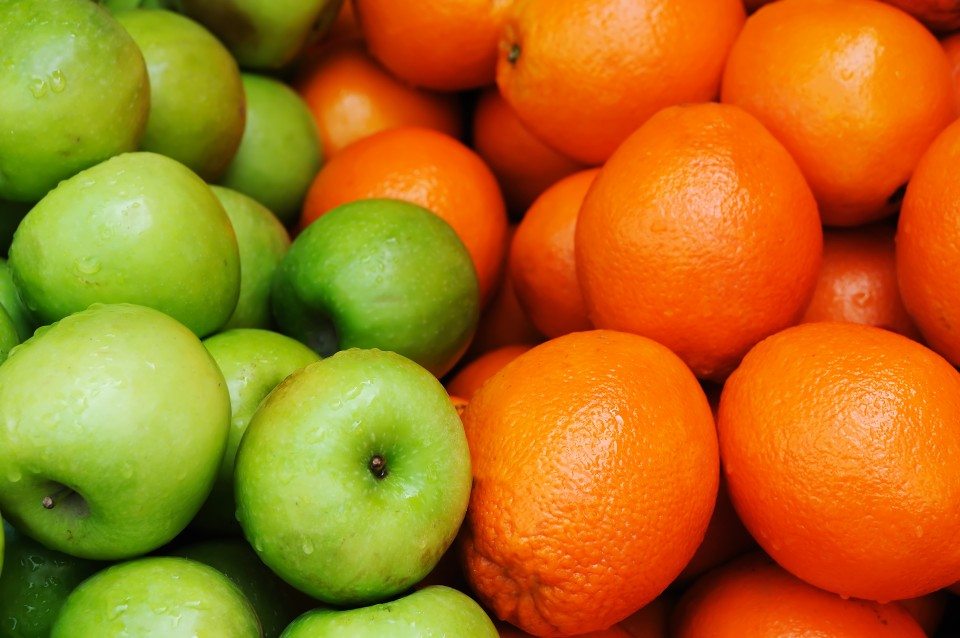Soluble fiber is “soluble” in water. This means that when mixed with water it combines and swells, forming a gel-like substance. So in order for soluble fiber to work properly, you have to remember to drink enough water!
In the body, soluble fiber binds with fatty acids, and combined with the swelling effect, prolongs stomach-emptying time. As a result, glucose is released and absorbed much more slowly. The benefits of soluble fiber include moderating blood glucose levels, lowering cholesterol, and giving you that “I’m full” sensation, which can decrease your appetite.
The biggest role of fiber is to encourage elimination, which prevents liver toxicity and promotes healthy gastrointestinal function. Sometimes the liver can become overburdened dealing with chemicals in our environment, pesticides in our foods, additives, preservatives and so much more. By consuming adequate fiber, you generate healthy bowel movements which aids in the elimination of those toxic substances. In turn, your very precious liver has much less of a burden to carry! You can’t deny the benefits of that.
Scientific names for soluble fibers include pectins, gums, mucilages, and some hemicelluloses.
Good sources of soluble fiber include:
• Oats and oatmeal
• Legumes (peas, beans, lentils)
• Barley
• Fruits such as oranges and apples
• Vegetables such as carrots
Do you get enough of these foods in your diet on a daily basis?





